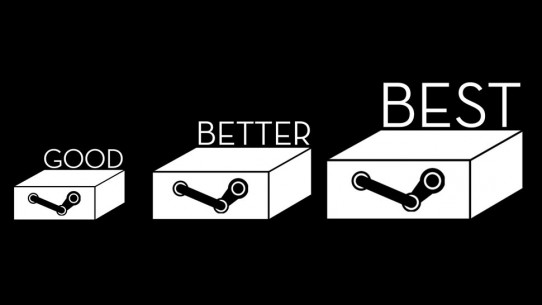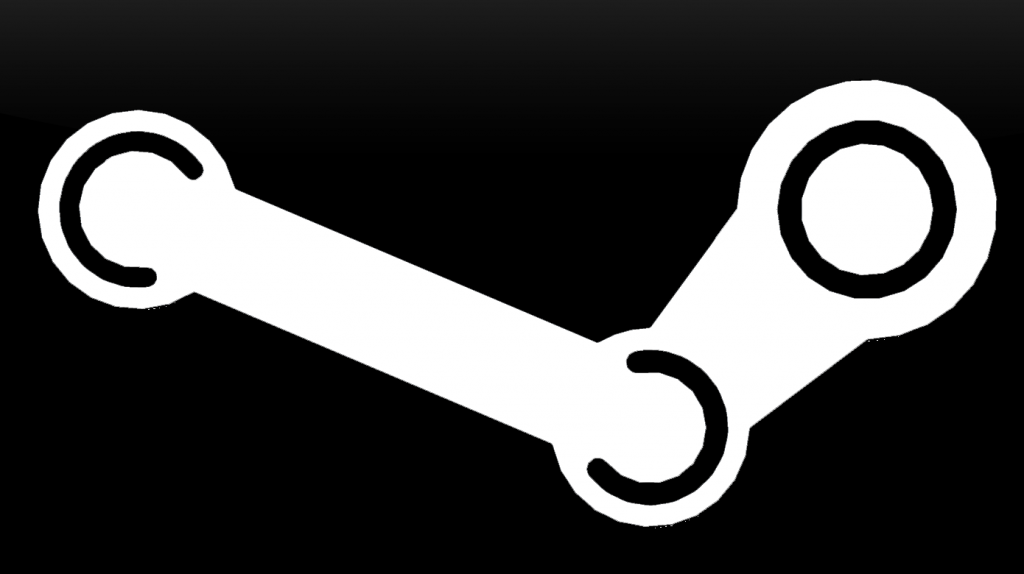Today, you’re much less likely to read an article about the final season of Breaking Bad and its impact onto television writing than you are to know that Twitter is blowing up about it and therefore it must be worth your time. You’re more likely to know something bad happened in Syria because it trended on Twitter for a few days. Frustratingly, you’ll most surely know the score of the game you’re DVRing before you get home. News still breaks, but we’re not reliant on traditional news sources to get it anymore. Is the traditional model of journalism now officially dead?
Recently, TriplePoint’s Richard Kain led a led a review of, “Did Twitter Kill the Boys on the Bus?,” a paper written by CNN Political Analyst Peter Hamby. Among the paper’s many twists and turns, much attention is paid to illuminating opinions about the effect of social media had on the last presidential election. #Spoiler, when Twitter was for a candidate it was viewed by the campaign as a mostly positive thing. When it was against a candidate it was deemed annoying and immature. Old journalists felt threatened by social media, whereas the young guns embraced it.
Despite my ability to recall life before the Internet, new technology excites me, particularly when it affects journalism. I’ve always been fascinated about how the tools of the trade have evolved and how often technological advancements have forced journalism to react and reevaluate itself in an effort to remain valuable and profitable.
When I studied journalism, social media didn’t exist and websites were just taking root. (Insert get off my lawn statement here.) Working for the daily student newspaper, our professors and editors taught us how to file stories over the phone and how to use light tables to prepare news for print. The mini cassette recorders we carried were the most expensive piece of equipment we had at our disposal, save the the photo teams and their fancy SLR cameras. The pica wheel still terrifies me.
But as the tech has evolved, so has journalism’s boundaries. Journalism used to be a term reserved for professional news organizations that sought out and reported the daily news or covered the developments of a particular industry. It was a field dominated by men who wore hats and were fixated on scoops. Those who practiced journalism came from diverse backgrounds and had equally diverse interests and biases, but shared a common set of standards. These standards governed how news was cultivated, analyzed, and reported.
While most stem from actual news accounts by actual journalists (e.g. Christiane Amanpour), much of what is ‘reported’ through social media channels also comes to us via citizen journalists (e.g. CNN iReport) and (unorganized) regular people who capture life’s moments through the eyes of their smartphones.
The fact that Twitter, which requires users to make their points in less than 140 characters, has altered the way in which we consume information is not a new idea. The Internet, after all, has had a profound effect on the communication of information ever since the first tubes were installed.
After e-mail, bulletin boards, blogs, and social networking, Twitter has emerged and taken control of community-driven communications. After its announcement to IPO last week, which they tweeted of course, the media’s current darling will be subjected to near-constant dissection of its importance, usefulness, and value. Unlike many of its walled-garden predecessors, Twitter’s openness and simplicity appears to have more fully ingrained itself in the mainstream public’s conscious. (The full history of social media is articulated here.)
Sure, Facebook had a nice ride, but its numbers are declining, particularly its younger demographic who no longer think it’s cool. Friendster, MySpace, and Second Life had profound effects on social media and community, but are all but forgotten. Scoff as you might, but leading news agency Reuters opened a bureau office in SL back in 2006. Adam Pasick was the embed – today you can find him on Twitter. Per Dunbar’s number, many people are actively unfriending people on Facebook. When a social network like Facebook falls victim to grossly overblown communities of ‘friends,’ can it succeed in the long run as a viable information platform? Twitter seems immune from this issue.
With Twitter, consumers are exposed to fragments of new information very quickly. But in much the same way that skimming headlines doesn’t provide any tangible information, Twitter’s brevity means that erroneous information can propagate quickly.
Twitter has thrown jet fuel on the fire of the 24-hour news cycle. By today’s standards, being a leader doesn’t necessarily mean providing the deepest, most unbiased content. It means being first. In a race to keep pace with social media, traditional news outlets have made errors, as David Carr’s piece on the TV new business illustrates. While there are many examples of Twitter getting it wrong, there are also instances where Twitter got it right, including the Boston bombing tragedy where Twitter was the first tool media, first responders, and citizens grabbed hold of to make sense of a horrible situation.
As an aggregator of information, Twitter is awesome. Though a topic of debate, nobody actually reads Twitter. Instead, they skim personal curations for information that interests them and (hopefully) with a simple click are transported to the full context. In this scenario, the second step is critical but highly underused. With so much competition for information consumption, Twitter’s elegant 140-character flag has proven to be a good way to capture attention and fuel the desire to learn more.
Just as person-to-person communications evolved from telegraph to mobile device, so too will social media. The future of journalism will continue to be shaped by advances in new technology. Much buzz is being created by Google Glass, big data analytics, sensors, global Internet use, and the continuing evolution of social networking technology.
All of these developments will have profound effects on the way in which we humans capture information about the world around us and share said information with the world. In the end, however, the craft of journalism may become faster and more personal. It will still have failures and success. It will try new things to make money. But ultimately, the core of what made reporting good — quality analysis and writing — will remain of paramount importance to the craft.
Extra, extra, #readallaboutit






 Idomeneus stabbed Erymas in the mouth with the pitiless bronze. The bronze spear passed right through and up under the brain, smashing the white bones. His teeth were knocked out and both his eyes flooded with blood: wide-mouthed he spurted a well of blood through nostrils and mouth: and the black cloud of death covered him over.
Idomeneus stabbed Erymas in the mouth with the pitiless bronze. The bronze spear passed right through and up under the brain, smashing the white bones. His teeth were knocked out and both his eyes flooded with blood: wide-mouthed he spurted a well of blood through nostrils and mouth: and the black cloud of death covered him over.  Coincidence?
Coincidence?  Ms. Wallace’s experience suggests that exposing a consumer to gore and violent situations instills the undesirable feelings associated with possibly experiencing the violence themselves. Even in situations where the player is required to inflict pain on a character other than the protagonist, notably the
Ms. Wallace’s experience suggests that exposing a consumer to gore and violent situations instills the undesirable feelings associated with possibly experiencing the violence themselves. Even in situations where the player is required to inflict pain on a character other than the protagonist, notably the 




















